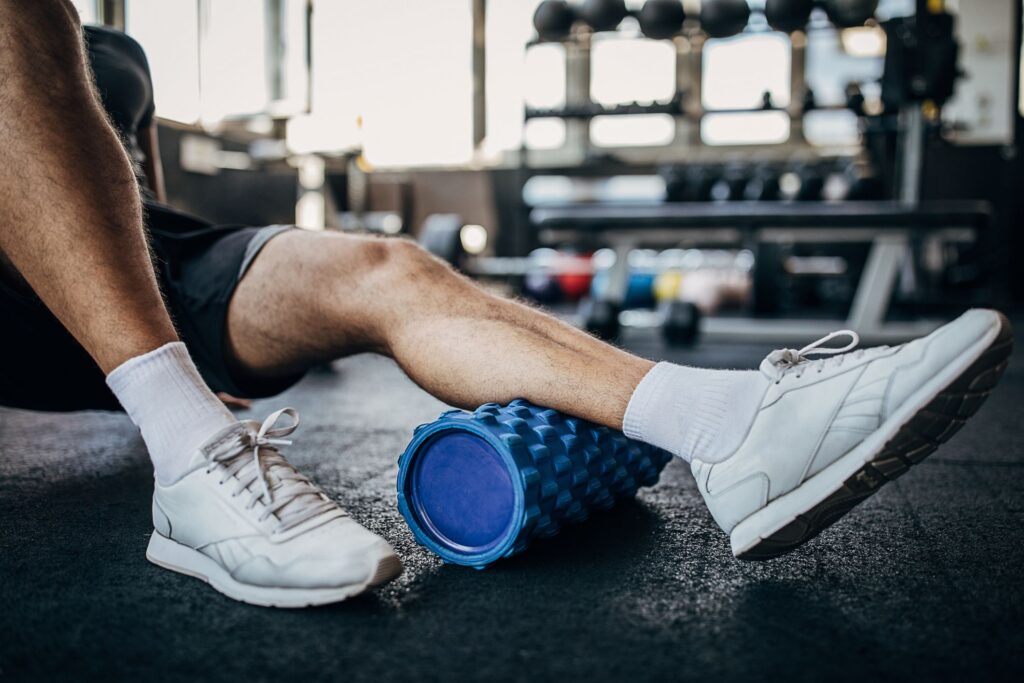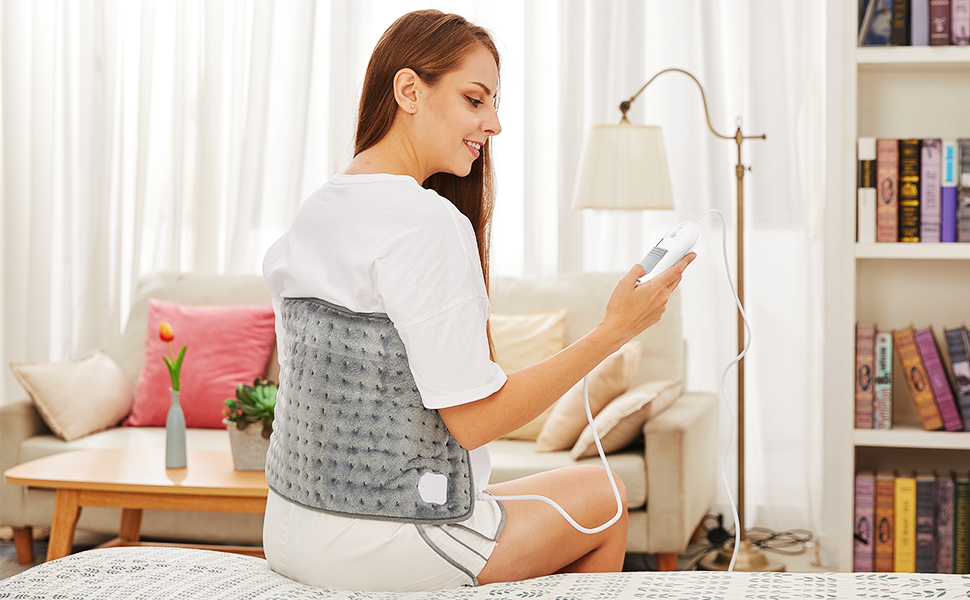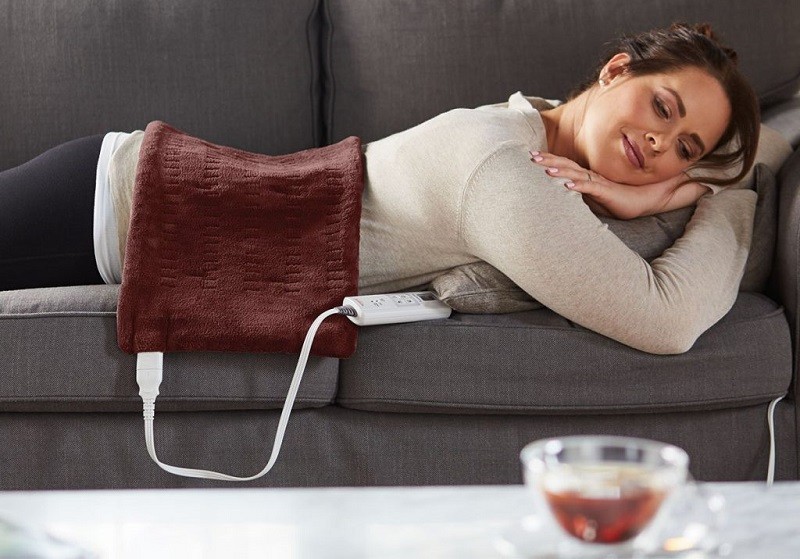
Cold Therapy vs Heat Therapy Post-Workout – Which is Better?
If you have just finished an intense workout and you are trying to recover as fast as you can so you can tackle the next game, practice session, or weightlifting workout, then you need to think of the best way to get back on the playing field! Should you use massage, heat or cold therapy, or nothing at all to recover after an intense game?
The days of doing nothing for recovery are long gone – we see young kids, college athletes, and professional sportspeople doing all types of recovery methods after games. They are engaging in cold bath sessions, getting massage therapy, using pressurized cold therapy units, and using full-body recovery methods to get back on the pitch at 100% of their capabilities as soon as they can.
Although you may think that you do not need to recover before you have another training session, this is an old-school mentality – recovery is one of the most important aspects of your training. Avoid getting injured and carrying a long-lasting and nagging injury that can cause your entire season to go to waste by doing the proper recovery after games and training sessions.
But what type of recovery is best? Should I use heat or cold therapy after an intense workout or game? Click here to find the pros and cons of each and which one comes out on top!
Cold therapy vs heat therapy after games or training sessions – which one should I use?
Coldwater therapy

First thing first – what is cold therapy? It can be a type of recovery method that is used by applying a mixture of cold method and compression (i.e. game ready machine). Cold ice baths include full-body submersion and cold water therapy. Coldwater method is when athletes will get into water that is lower than 60 degrees Fahrenheit to grind off any muscle soreness and pain that can occur after a workout or game. Although this may seem new, this has been used for many decades with the process of early morning swims, ocean swims, and ice baths being used in sports teams around the world.
But why should you use cold therapy after a workout?

-
Lower muscle soreness levels
One of the main benefits of using this treatment after workouts is the reduction in muscle soreness. If you find that you have been in the gym and your quads and hamstrings are very sore – and you will not be able to compete in the next training session – then going to cold water method will help you get back on the pitch. Studies have been done that show that participants who engage in cold water therapy have a much lower level of muscle soreness when compared to those who did not. But why? The cold water helps constrict your blood vessels and gets rid of any inflammation in specific parts of your muscles to avoid swelling and pain.
-
Cool yourself down if your temperature is too high
If you are working out and you find your body temperature is getting very high – like you were running in the hot summer sun – then using this method is the best way that you can reduce overheating symptoms and cool down your body temperature.
-
Boost immunity
The next benefit of using this treatment for your muscles and your overall health is to help boost your immune system. Avoid any long-term illness or flu-like symptoms from derailing your entire career by using cold water therapy during your sports session. Studies have shown that athletes who engage in the treatment have a lower chance of bacteria infection, then have less cold-like symptoms, and they provide anti-inflammatories to help boost their immunity.
Heat therapy

What is heat therapy? The other therapy modality that you can use for post-workout soreness and pain relief is heat therapy. This is a type of therapeutic method that you can use pre or post-workout to help improve the blood flow and vasodilation in a specific area. If you find your hamstring is very sore, then using this treatment on the hamstring helps to increase the temperature to the area so you can boost your flexibility, get rid of any pain, and help relax your muscles to improve your flexibility and range of motion. If you find that you are extremely tight after a game, using this method will help you limber up and get ready for the next game.
But what are the different methods? There are two types of heat therapy modalities – dry heat and moist heat. Dry heat is a type of therapy that is easy to use on your own and requires only one type of accessory, such as heating pads or going into a sauna. Moist heat is using hot baths or wet towels on specific muscles.
What are the benefits of heat therapy?

-
Reduces tension
One of the main benefits of using this treatment after a workout is that it reduces any tension you have in your joints muscles, reduces joint stiffness, and eases muscle pain.
-
Improves circulation
The next benefit of using the treatment is that it can improve your circulation and reduce any pain. If you find that you have aching joints or muscles, using the treatment can get rid of any build-up of toxins, tightness, and sore muscles.
-
Heal quicker
The last benefit of using the treatment is to help your muscle and joints heal quicker. By clearing the area of other toxins, it can help bring blood flow and the necessary nutrients to the injured spot to heal your injury.
Conclusion
If you are debating whether to use heat or cold therapy after a game, you may find that it is up to personal preferences. Usually, using the cold one is typically the best method that you can use to help reduce inflammation of any joint pain, and ease muscle soreness. You may find that using the heat one is the best choice for pre-workout endeavors, as it helps you loosen up, improve flexibility, and get rid of stiffness that can cause you to have a hard time moving or running in your sport.
